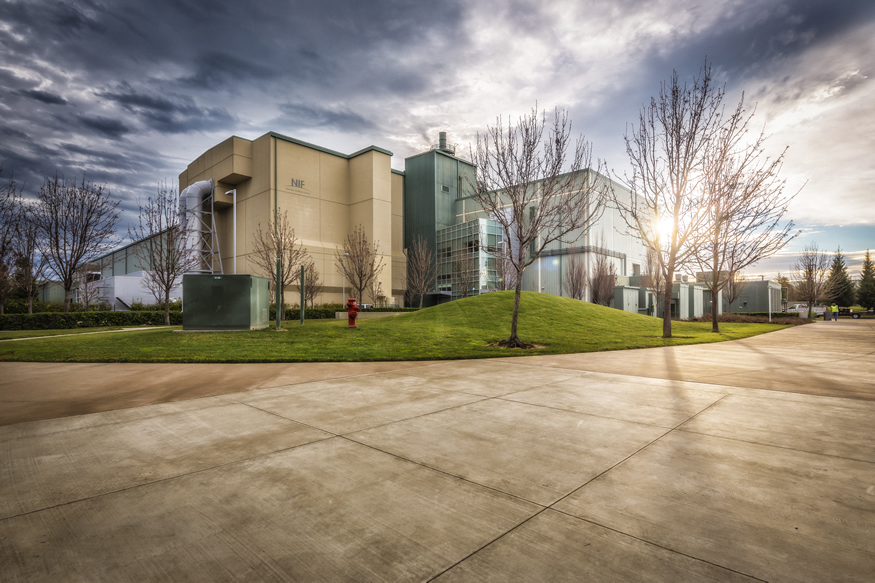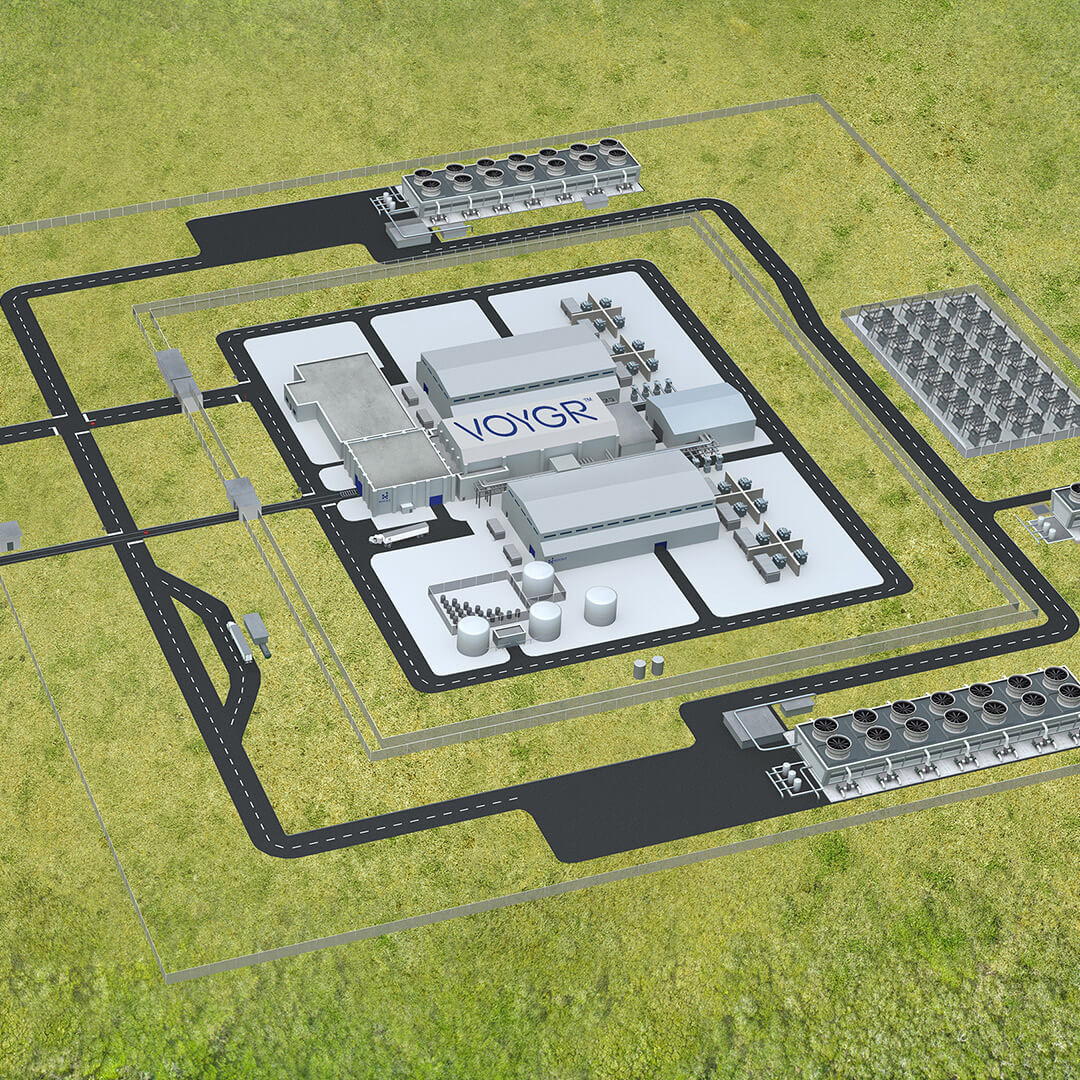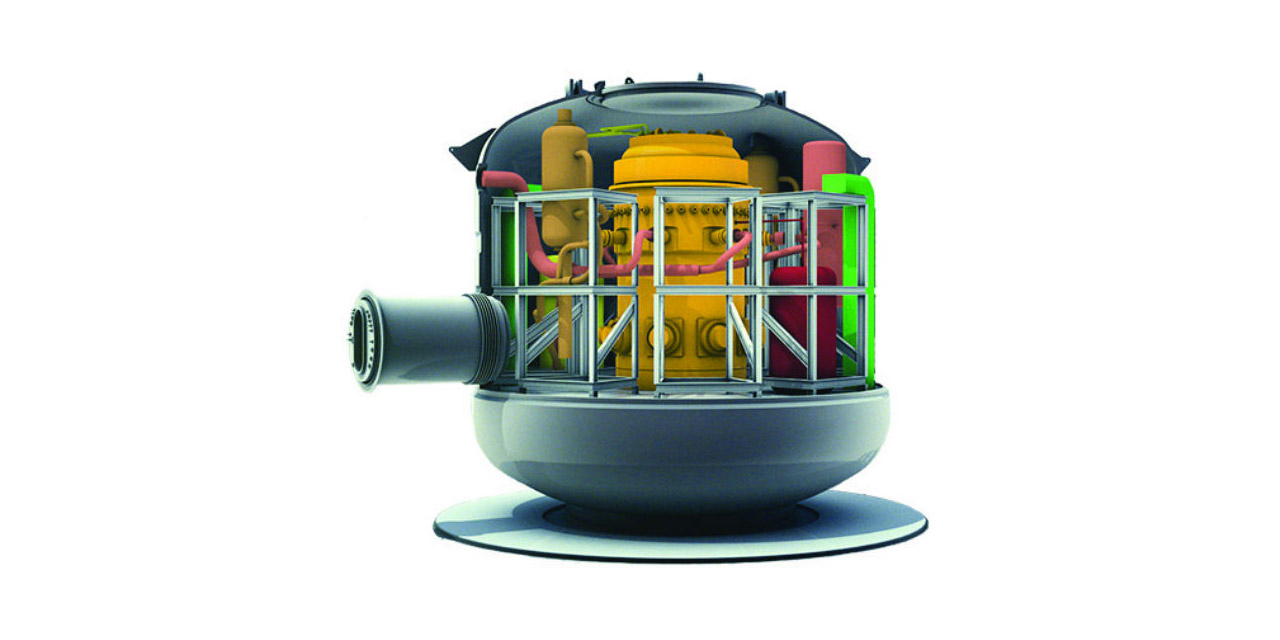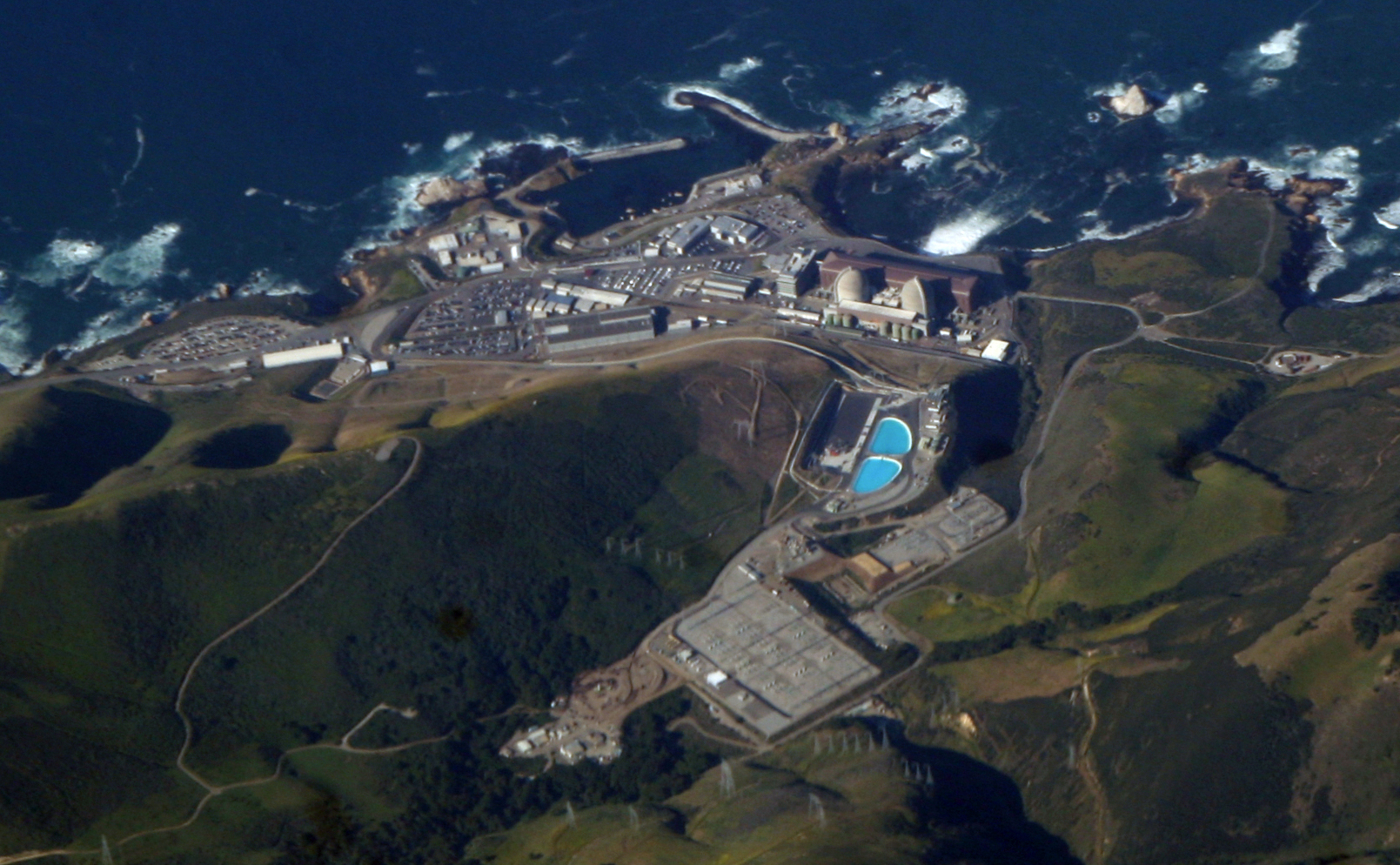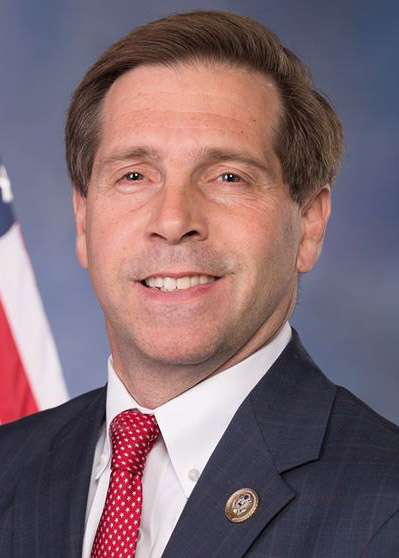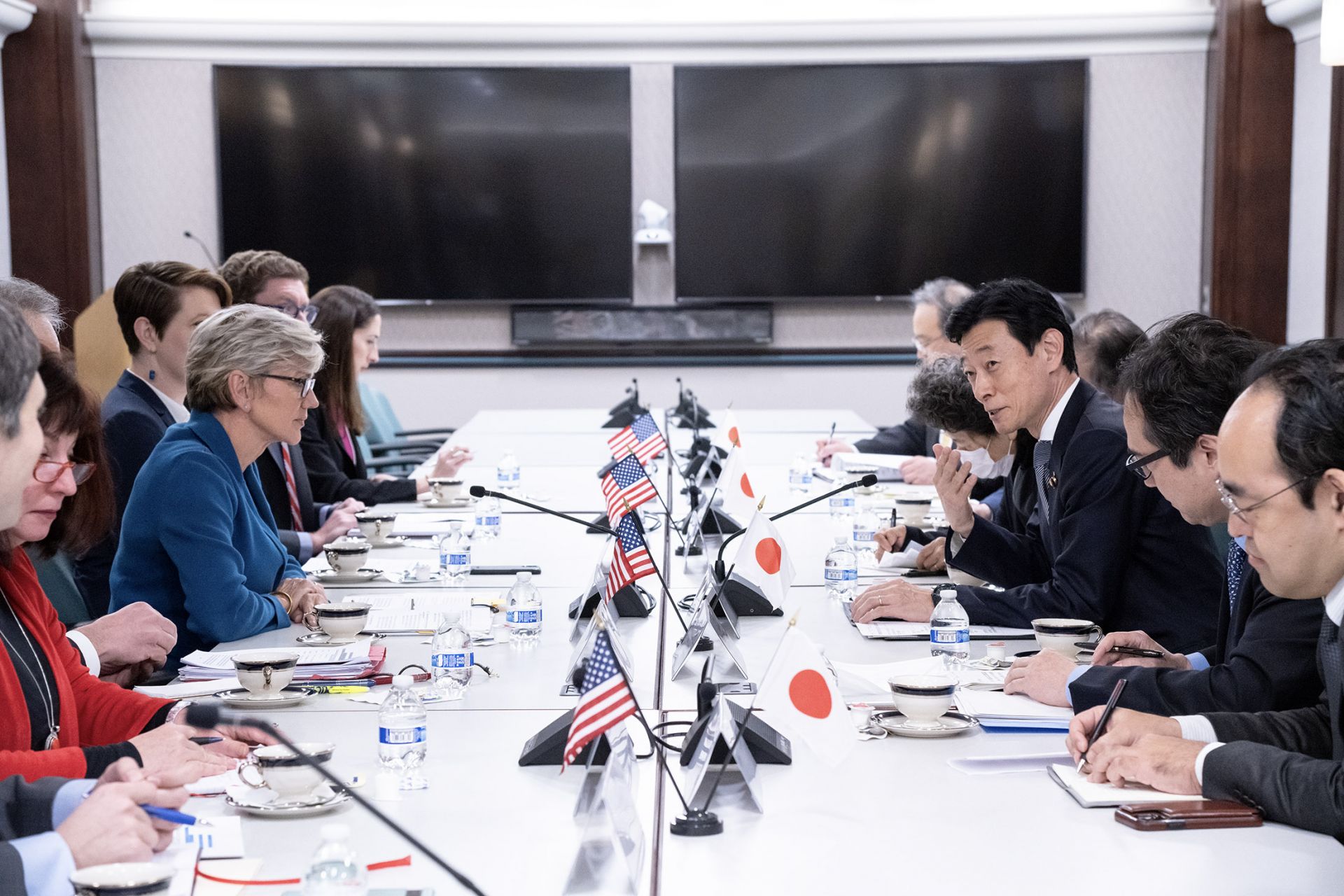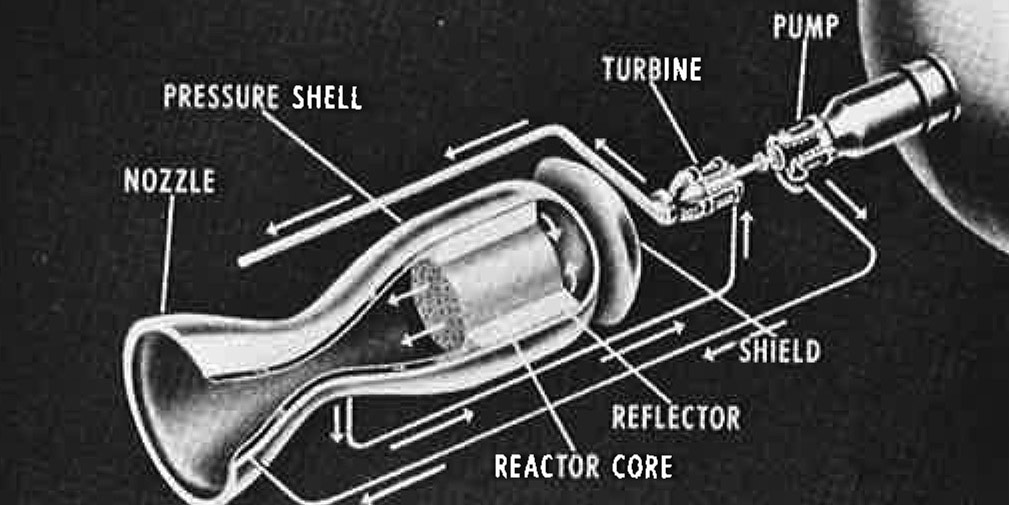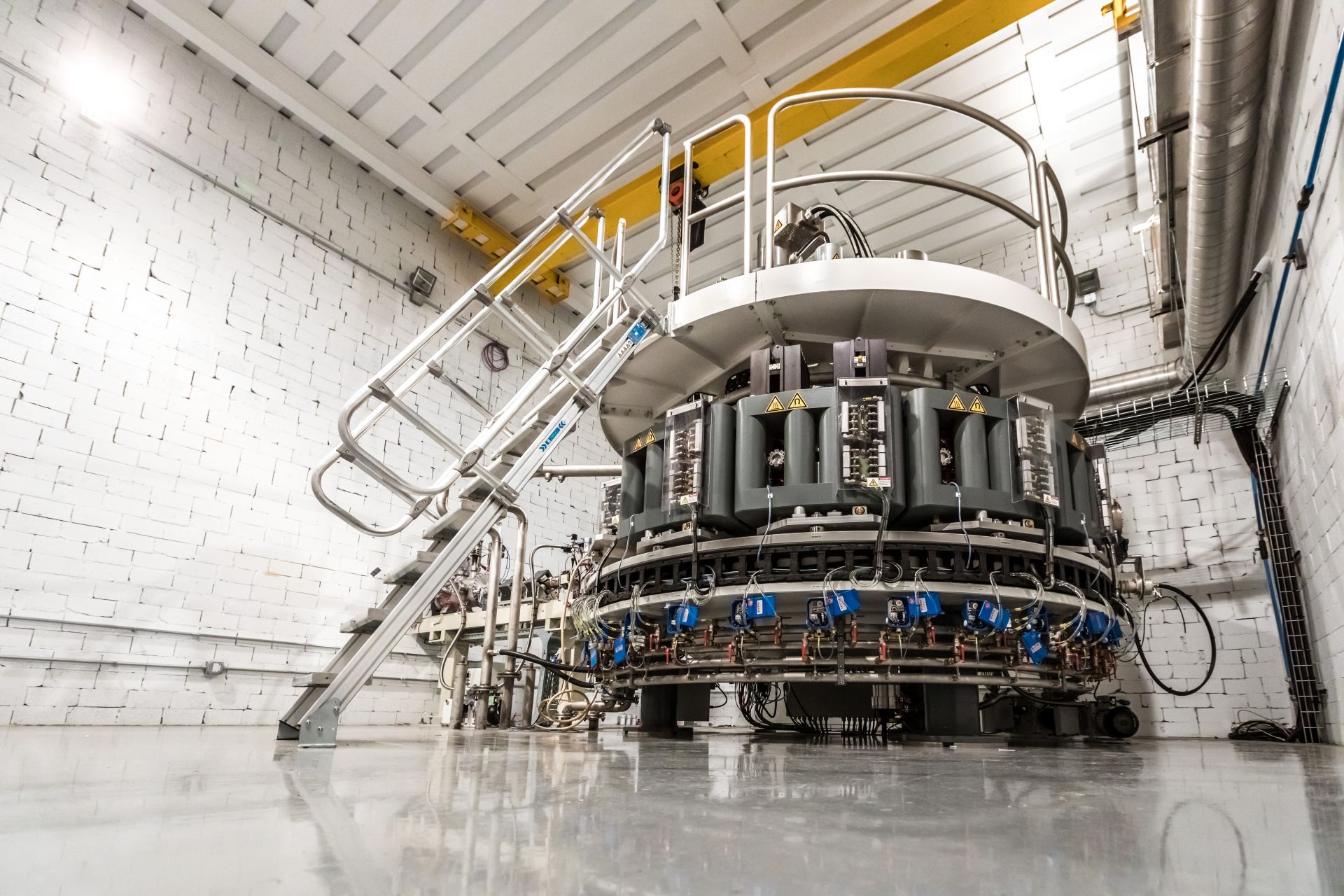NIF in winter (Photo: LLNL)
“Star Power” is the name 60 Minutes producers gave their interpretation of the recent experiment at the National Ignition Facility (NIF) that achieved fusion ignition and net gain. Views from inside Lawrence Livermore National Laboratory captured by TV cameras and aired Sunday, January 15—of some of NIF’s 192 lasers, banks of capacitors, target assembly labs, and even the remains of the target assembly blasted in the December 5 breakthrough—are well worth the watch for those of us who are unlikely to visit the site in person.
An illustration of EDF’s NUWARD small modular reactor technology. (Image: EDF)
France’s Électricité de France and Polish renewable energy trader Respect Energy have signed a cooperation agreement to develop nuclear power projects in Poland based on EDF’s NUWARD small modular reactor technology, the companies jointly announced last Friday.
The Diablo Canyon nuclear power plant.
The California Public Utilities Commission (CPUC) has voted to open a rulemaking to consider extending the lifetime of the 2,289-MW two-unit Diablo Canyon nuclear power plant. The plant, which turns 50 this year, is the only remaining operational nuclear power facility in California. It generates nearly 10 percent of the state’s electricity needs.
The Rivne nuclear power plant in western Ukraine, home to four VVER pressurized water reactors. (Photo: Victor Korniyenko/Wikipedia)
In what it is calling a “major expansion” of its efforts to prevent a severe nuclear accident befalling Ukraine, the International Atomic Energy Agency yesterday announced that it is deploying teams of nuclear security and safety experts this week to the beleaguered nation’s nuclear power plants and the Chernobyl site. (The agency has already stationed a team of experts at Ukraine’s largest nuclear facility, the six-unit Zaporizhzhia plant, which has been under Russian military occupation since last March.)
Wes Hines (right), of the University of Tennessee’s Department of Nuclear Engineering, introduces the speakers for a session on nuclear engineering opportunities. (Photos: University of Tennessee)
The University of Tennessee–Knoxville Department of Nuclear Engineering hosted the inaugural Nuclear Engineering Department Heads Organization (NEDHO) Diversity Panel on October 27. Wes Hines, head of the university’s Department of Nuclear Engineering, was the moderator for the event. Invited to the speak were engineering professional Harold T. Conner, environmental scientist Dari Gabriel, and engineering student Jasmine Toy. These three panelists discussed overcoming challenges in their engineering education and/or careers to find success. A common theme that emerged from the conversation was that—in addition to their own determination to succeed—all three panelists benefited from caring adult guidance during their youth, as well as strong support from friends, family, and colleagues as they pursued their goals.
U.S. secretary of energy Jennifer Granholm and Japan’s minister of economy, trade, and industry Yasutoshi Nishimura lead energy discussions on January 9 in Washington, D.C. (Photo: DOE)
Researchers at Idaho National Laboratory have completed initial testing on a newly developed fuel test capsule that is expected to provide crucial performance data for sodium-cooled fast reactors. The Department of Energy announced on January 12 that the series of fuel testing experiments being carried out now at INL’s Transient Reactor Test Facility (TREAT) was developed through a joint project between the United States and Japan.
A rendering of the planned demo plant. (Image: General Fusion)
SHINE’s isotope production building, called the Chrysalis, under construction in October 2022.
In a former farm field just outside the historic town of Janesville in south-central Wisconsin, a large concrete-and-steel building is taking shape. Dubbed the Chrysalis, the building will eventually house eight accelerator-based neutron generators, which start-up company SHINE Technologies will use to produce molybdenum-99. As the precursor to the medical radioisotope technetium-99m, Mo-99 is used in tens of millions of diagnostic procedures every year, primarily as a radioactive tracer.
At the heart of the Chrysalis will be the high-flux neutron generators, being supplied by SHINE’s sister company, Phoenix. The compact accelerators use a deuterium-tritium fusion process to produce neutrons, which in turn induce a subcritical fission reaction in an aqueous low-enriched uranium target (19.75 percent uranium-235) to produce Mo-99.
Vogtle-3 containment in December 2022. (Photo: Georgia Power)
Southern Company subsidiary Georgia Power on January 11 announced yet another delay to the startup of the Unit 3 reactor at the Vogtle nuclear power plant. It’s the latest in a long series of delays to the two-unit construction project at the Waynesboro, Ga., site. (Vogtle-3 was initially supposed to enter service in 2016.)
A diagram from the January 1963 story depicting a nuclear-powered rocket.
It’s Thursday, meaning it’s time to dig through the Nuclear News archives for another #ThrowbackThursday post. Today’s story goes back 60 years to the January 1963 issue of NN and the cover story “Review of Rover: A nuclear rocket” (p. 9), which reviews the first phase of the nuclear rocket program from Los Alamos National Laboratory.
Some quick digging online uncovers a lot of information about Project Rover, most notably, a short 20-minute film on the LANL YouTube page that reviews the project (Historic 1960s Film Describes Project Rover). The description of the video notes that the project was active from 1955 to 1973 and led to the design of multiple reactors suitable for testing, including Pewee 1, and that NASA has a modern nuclear thermal propulsion project based on the Pewee design. So it seems fitting to revisit Project Rover, given that there is today a lot of renewed interest in nuclear propulsion for space exploration.
The opening line from the January 1963 article seems to ring true today— “Provided the U. S. continues her space efforts, nuclear-powered rockets are inevitable”—although that probably didn’t seem likely to the nuclear community after the country’s attention shifted from the Space Race to the Vietnam War in the early 1970s when Project Rover was canceled. The introduction to the article lays out the argument for a nuclear-powered rocket and provides a review of the program since its launch in 1955.
The full article as it appeared in 1963 is reprinted below, but don’t forget, all ANS members have full access to the Nuclear News archives that has decades of great content about all topics on nuclear science and technology. Happy reading!
IBA Rhodotron TT300-HE (high energy) electron accelerator. (Photo: Business Wire)
Nuclear medicine company NorthStar Medical Radioisotopes announced that it has successfully produced molybdenum-99 at its recently completed accelerator production facility at its Beloit, Wis., campus. According to NorthStar, the event marks a major milestone in advancing the company’s proprietary electron accelerator technology for the non-uranium–based production of the critical medical radioisotope.
